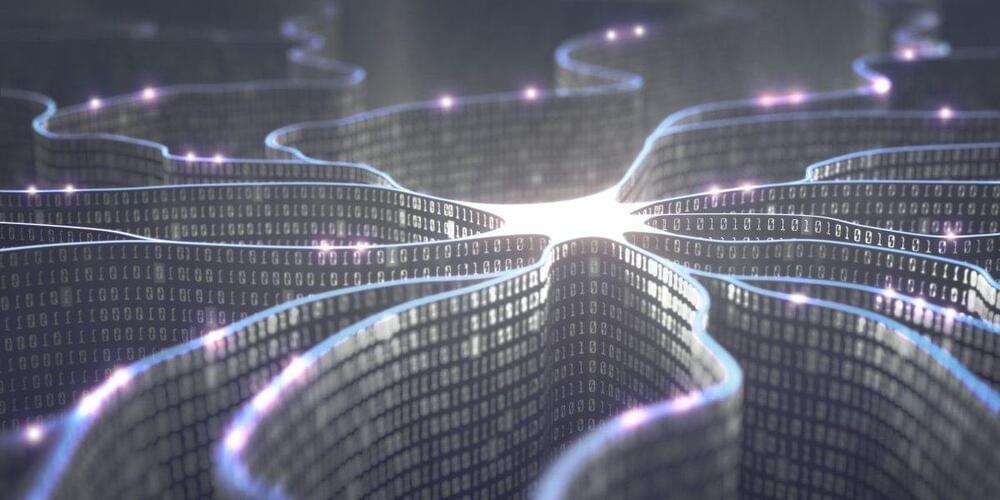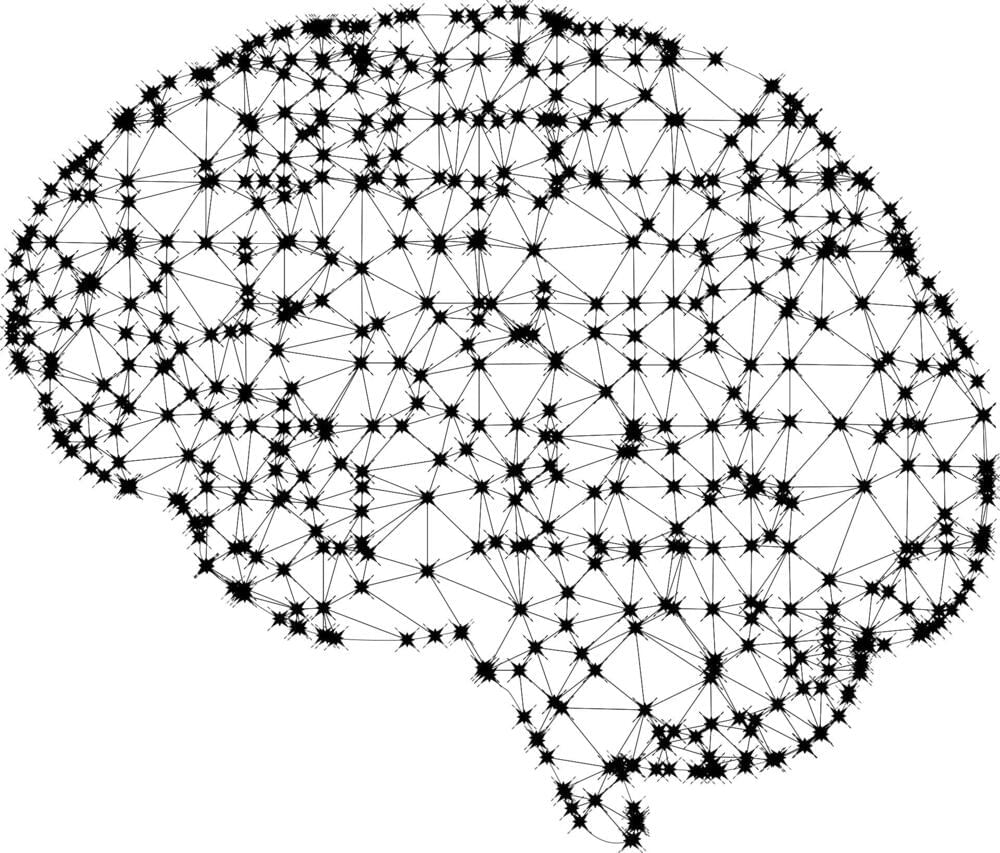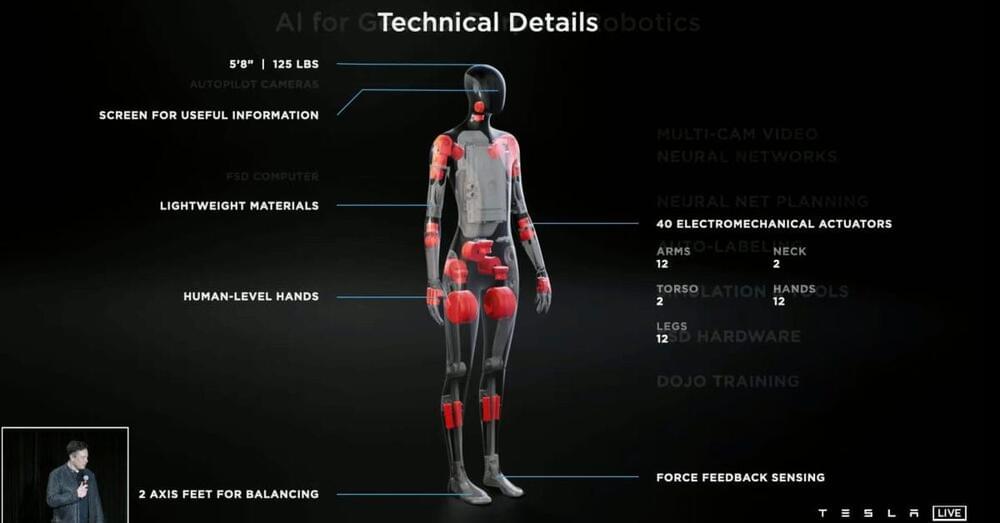At Google I/O today Google Cloud announced Vertex AI, a new managed machine learning platform that is meant to make it easier for developers to deploy and maintain their AI models. It’s a bit of an odd announcement at I/O, which tends to focus on mobile and web developers and doesn’t traditionally feature a lot of Google Cloud news, but the fact that Google decided to announce Vertex today goes to show how important it thinks this new service is for a wide range of developers.
The launch of Vertex is the result of quite a bit of introspection by the Google Cloud team. “Machine learning in the enterprise is in crisis, in my view,” Craig Wiley, the director of product management for Google Cloud’s AI Platform, told me. “As someone who has worked in that space for a number of years, if you look at the Harvard Business Review or analyst reviews, or what have you — every single one of them comes out saying that the vast majority of companies are either investing or are interested in investing in machine learning and are not getting value from it. That has to change. It has to change.”








